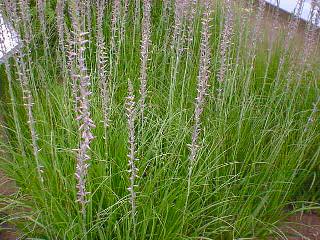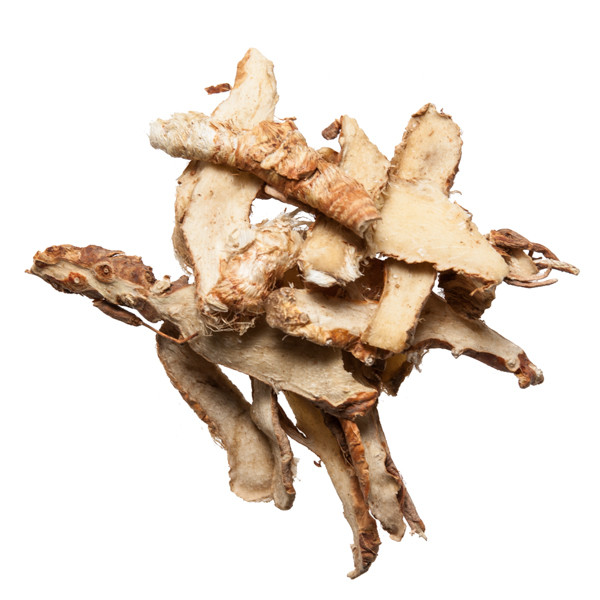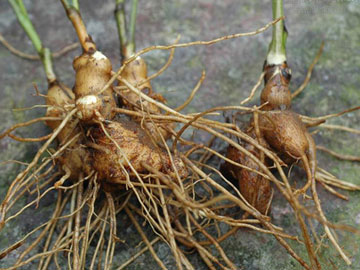Antibacterial (especially useful for staphylococcii
infections, colds or influenza and to treat aeruginosum in the large intestines),[4]
analgesic (controls pain by calming the nervous system- it sedates Kidney Fire).
Analgesic.[4] Laxative.[6]
Expectorant.[6] Diuretic.[6]
[1] Barefoot Doctor's Manual- 1977 Prepared by the Revolutionary Health Committee
of Hunan Province. Original Chinese manual- Victor W. Sidel. Originally published
by Dr Joseph Quin and the Fogarty International centre, Bethdesda (1974). Madrona
Publishers Seattle Washington ISBN 0-914842-52-8
[2] A Complete English Dictionary of Medicinal Terms in Chinese Acupuncture and
Herbalism 1981- Henry Lu Chinese Foundations of Natural Health- The Academy of
Oriental Heritage, Vancouver, Canada.
[3] The Chinese Materia Medica A practical English- Chinese Library of Traditional
Chinese Medicine Publishing House of Shanghai University of Traditional Chinese
Medicine. Director Hu Ximing ISBN 7-81010-111-X/R-110
[4] Translation notes from Gary Seiford and Hocu Huhn- NSW College of Natural
Therapies. Sydney Australia (1982).
[5] Chinese Herbal Medicine Materia Medica- Dan Bensky and Andrew Gamble- Eastland
Press 1986 Seattle Washington ISBN 0-939616-15-7
[6] Chinese Medicinal Herbs- Beatrice Bliss (1973) Compiled by Li Shi- Chen.
Translated and Researched by F. Porter Smith and G. A. Stuart. Geogetown Press,
San FranciscoISBN 0 914558005
Images
1.
volufiline.net
2.
plumdragonherbs.com
3.
bzycxs.com Timospain, sarsasapogenin, timobiose, markogenin,
meogitogenin, asphonin, mangiferin, isomangiferin.[1]
References
[1] Chinese Herbal Medicine Materia Medica- Dan Bensky and Andrew Gamble- Eastland
Press 1986 Seattle Washington ISBN 0-939616-15-7
 Anemarrhena
asphodeloides. 知
母
Zhī mǔ
Anemarrhena
Family: Liliaceae
Anemarrhena
asphodeloides. 知
母
Zhī mǔ
Anemarrhena
Family: Liliaceae

